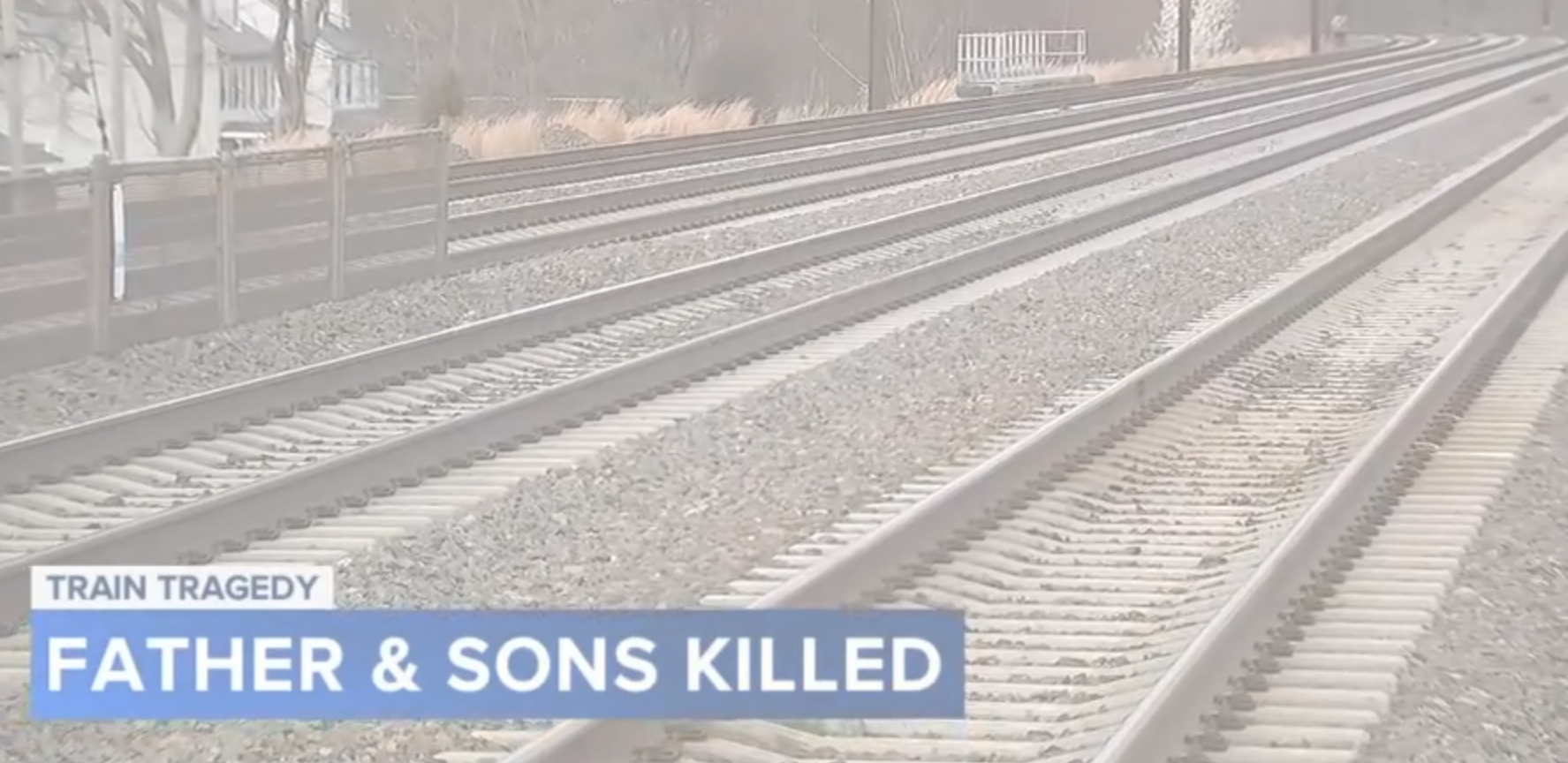On April 3, 2025, a tragic incident occurred in Bristol Borough, Pennsylvania, where three members of a family were fatally struck by a high-speed Amtrak Acela train. This article examines the incident through the lens of railway safety, infrastructure challenges, and public awareness. The analysis draws attention to systemic vulnerabilities in rail corridor security and proposes a set of policy recommendations to reduce the recurrence of such devastating events.
Introduction
Railway systems, while essential for transportation infrastructure, pose serious safety hazards when safety protocols are breached. In the United States, incidents involving trespassing on railway property remain a significant cause of fatalities. This paper examines the specific case of a fatal collision involving three pedestrians and an Amtrak train in Bristol Borough, Bucks County, with the aim of understanding the incident’s contributing factors and outlining potential preventative measures.
Background of the Incident
At approximately 5:58 p.m. on April 3, 2025, three family members were struck and killed by a southbound Amtrak Acela train near the intersection of Beaver and Prospect Streets in Bristol Borough. The Acela train, traveling from Boston to Richmond, was operating at high speed when the collision occurred. Bristol Borough Police responded to reports of individuals on the tracks moments before the accident. Tragically, officers arriving at the scene witnessed the collision but were unable to intervene in time. No officers or train passengers were injured.
Emergency Response and Investigation
Local law enforcement, in conjunction with Amtrak Police, initiated an immediate investigation. Rail service along the Northeast Corridor between New York and Philadelphia was temporarily suspended, resuming with delays by late evening. The identities of the victims were initially withheld pending notification of next of kin. Witnesses, including passengers on the train, reported hearing a loud screech as the train attempted to brake, indicating a last-minute emergency response by the train operator.
Railway Safety and Public Trespassing
This incident underscores the persistent issue of pedestrian trespassing along railway corridors. Despite fencing and warning signs, access points near intersections and urban trackways often remain vulnerable. According to the Federal Railroad Administration, trespassing incidents account for more than 60% of rail-related fatalities in the U.S. annually. The Bristol case exemplifies how even brief exposure to active tracks can have irreversible consequences.
Policy and Infrastructure Considerations
In the wake of the tragedy, several policy and infrastructural reforms deserve consideration:
- Increased Barrier Implementation: Reinforcing fencing and barriers, especially near residential intersections, could deter unauthorized access to tracks.
- Public Education Campaigns: Local and national awareness campaigns emphasizing the dangers of railway trespassing could help reduce pedestrian incidents.
- Surveillance and Monitoring: Advanced surveillance systems and community reporting tools could provide earlier warnings to railway operators.
- Urban Planning Reforms: Integrating rail safety into city planning could help separate pedestrian and vehicular traffic from high-speed rail corridors.
Conclusion
The loss of three lives in Bristol serves as a sobering reminder of the lethal risks associated with railway trespassing. While the exact motivations or circumstances leading the family members to be on the tracks remain under investigation, their deaths should galvanize efforts to enhance rail safety protocols. Through combined efforts in policy, engineering, and public engagement, such tragedies can be mitigated, if not wholly prevented.
References
- Federal Railroad Administration (FRA). “Railroad Safety Statistics.”
- People Magazine. “Three Family Members Killed by High-Speed Amtrak Train in Pennsylvania.” April 4, 2025.
- Bristol Borough Police Department Press Release. April 3, 2025.

By: Donte Nelson


